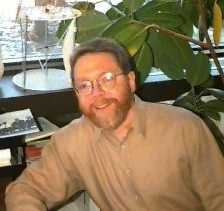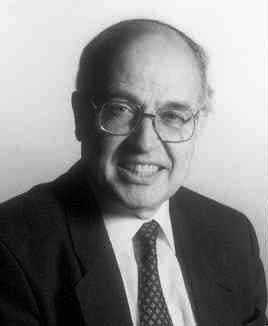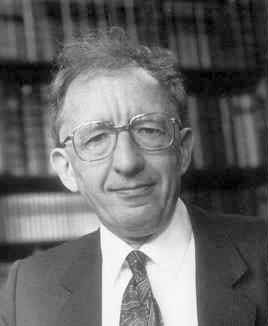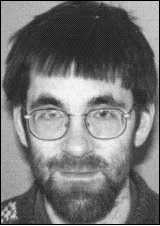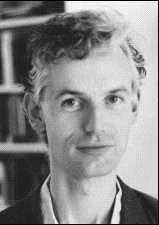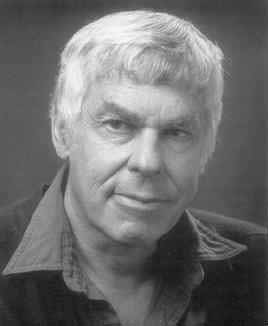|
|
|
SCIENTIFIC PROGRAMS AND ACTIVITIES |
||||||||||||||||||||||||||||||||||||||||||||||||||||||||
| April 19, 2024 |
|
|||||||||||||||||||||||||||||||||||||||||||||||||||||||||
J.C. FIELDS LEGACY
|
||||||||||||||||||||||||||||||||||||||||||||||||||||||||||
| Tom Archibald | Sir Michael Atiyah | Alan Baker | Richard Borcherds |
| Alain Connes | Timothy Gowers | Vaughan Jones | Maxim Kontsevich |
| John Milnor | Michael Monastyrsky | Stephen Smale | Back to Legacy Page |
|
|
J.C. Fields: the research ideal in mathematics and in the organization of science This talk will present an outline of the life, mathematical work, and scientific organizational activities of John Charles Fields (1863-1932). Fields is chiefly remembered as the founder of the Fields Medals, but the talk will go beyond this to concentrate on the origins of his interest in mathematical research and the formation of his ideas about what was mathematically important; including his work organizing and preparing the Proceedings of the International Mathematical Congress of 1924. Fields was a strong voice for the importance of research both inside the University of Toronto and in Canada more generally. The creation of the medal was the conclusion to a long career in the promotion and execution of scientific research at the local, national, and international levels. |
|
Tom Archibald, a native of Guelph, Ontario, studied at the University of Waterloo, and York University, and received a Ph.D. from the University of Toronto in 1987. His research has concentrated on the history of mathematics and mathematical physics in the nineteenth and early twentieth centuries. Currently he is studying the influence of German mathematical writings on French work in the period from 1870 to 1914. His interest in John Charles Fields is part of ongoing research on the development of the Canadian mathematical community. At present he is Head of the Department of Mathematics and Statistics at Acadia University in Nova Scotia, Canada. Back to Fields Legacy Home page |
|
|
|
Mathematics in the 20th CenturyI will try to identify some of the main themes of the century and describe the difference in outlook at the beginning and at the end of the century. I will avoid technicalities and aim to make the presentation intelligible to all who are interested in mathematics. |
|
Born in London, England in 1929, Michael Francis Atiyah was brought up in the Middle East and went to Cambridge University (1949-55). He has been a Professor at Oxford and Princeton and was Master of Trinity College, Cambridge and Director of the Isaac Newton Institute. He was President of the Royal Society (1990-95) and is now an Honorary Professor at the University of Edinburgh. He received the Fields Medal in 1966 for his work in topology and analysis including the development of K-theory and the Atiyah-Singer index theorem. Since then, he has influenced developments in several areas including gauge theory and the role of topology in quantum field theory. Atiyah was knighted in 1983 and made a member of the Order of Merit in 1992. |
|
|
|
Diophantine Analysis and Transcendence Theory: the way forwardThe study of equations in integers lies at the heart of mathematics. Numerous results have been obtained through the centuries to resolve particular instances and many great mathematicians (Fermat, Euler, Gauss, Hilbert...) have contributed to the field. But it is only in recent times that a general method, based on transcendence theory, has been successfully developed in this context. The lecture will survey the prospects for the future with special emphasis on the abc-conjecture. |
|
Alan Baker was born in London, UK in 1939. He obtained his first degree from University College, University of London, and an M.A., and Ph.D. from Trinity College, Cambridge. He has been Professor of Pure Mathematics at the University of Cambridge since 1974. He was awarded the Fields Medal in 1970 and a Fellowship in the Royal Society in 1973. Baker's method on logarithmic forms has proved crucial for the solution of numerous Diophantine problems and it continues to be widely applied. Among his publications are the well-known books "Transcendental Number Theory" (1975) and "A Concise Introduction to the Theory of Numbers" (1984). Back to Fields Legacy Home page |
|
|
|
Automorphic FormsAutomorphic forms with singularities and their mysterious relationships with several areas of mathematics, such as hyperbolic reflection groups, moduli spaces, moonshine, and elliptic curves will be examined. |
|
Richard Ewen Borcherds studied at Cambridge University, U.K. (1978-81) where he earned his Ph.D. in 1985, under J.H. Conway. He spent three years (1996-99) as Royal Society Research Professor at Cambridge. Last year he returned to the University of California where he currently serves as Professor in the Department of Mathematics. He was awarded the Fields Medal in 1998. He has developed new algebraic structures, vertex algebras and generalized Kac-Moody algebras and demonstrated their power by using them to prove the "moonshine conjectures". |
|
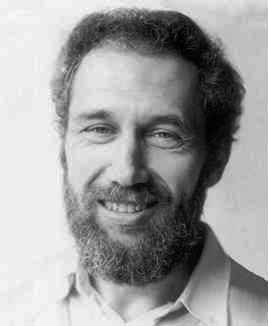 Alain Connes |
Renormalization and the Riemann-Hilbert ProblemWe describe our joint work with Dirk Kreimer. We first show that perturbative renormalization is a special case of a general mathematical procedure of extraction of finite values based on the Riemann-Hilbert problem associated to an (infinite dimensional) complex Lie group G. We show that passing from the unrenormalized theory to the renormalized one is exactly the replacement of the loop g(d) of elements of G obtained from dimensional regularization by the value g+(D) (for D = dimension of space-time) of its Birkhoff decomposition, g(d) = g- -1 (d)g+(d). The original loop g(d) not only depends upon the parameters of the theory but also on the additional "unit of mass" µ required by dimensional analysis. We shall show that the mathematical concepts around the Riemann-Hilbert problem provide very powerful tools to lift the usual concepts of the ß-function and renormalization group from the space of coupling constants of the theory to the complex Lie group G. We also show that the group G acts on the dimensionless coupling constants of the theory, which gives a direct interpretation of the bare action from the Birkhoff decomposition in the diffeomorphism group. |
|
Born in France in 1947, Connes entered the École Normale Supérieure in Paris in 1966, and graduated in 1970. He became a researcher at the Centre National de la Recherche Scientifique where he completed his thesis on von Neumann algebras under Jacques Dixmier in 1973. He was elected to the Académie des Sciences in 1982 and he was awarded the Fields Medal in 1982. He has contributed to the theory of operator algebras, including the general classification and structure theorem of factors of type III and applications of the theory of C*-algebras to foliations and differential geometry which led to the development of the new field of non-commutative geometry. |
|
|
|
Combinatorics in the Service of MathematicsThere are many problems in mathematics which do not appear to be combinatorial but which on close inspection reveal a combinatorial heart. I shall discuss this phenomenon in general terms and illustrate it with several examples, some related to my own work. I hope to demonstrate that there is still plenty of scope for using so-called elementary methods to make progress in mathematics. |
|
Timothy Gowers was born in Marlborough, England in 1963. He attended Trinity College School, Cambridge (1982-1989), where he received a Ph.D. under Béla Bollobás. He was appointed lecturer at University College, London in 1991 and Rouse Ball Professor of Mathematics at Cambridge in 1998. He was awarded the Fields Medal in 1998. Amongst his mathematical results are solutions to two problems posed by Banach in the 1930's and a new proof of Szeméredi's theorem which gives the first upper bounds that are small enough to be easily stated.
|
|
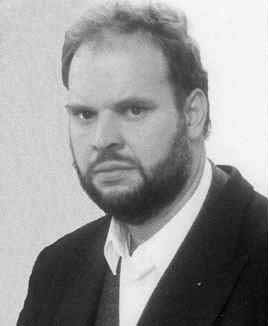 Vaughan Jones |
Planar Algebras: between dimensions two, three and infinityTwo-dimensional pictures are an unreasonably effective way of representing three-dimensional objects. Planar algebras are two-dimensional structures which sometimes, for ill-understood reasons, extend to three dimensions. Perhaps even more surprisingly planar algebras arose as the solution to a problem in infinite dimensional linear algebra. |
|
Vaughan Jones was born in 1952 in Gisborne, New Zealand. He studied at the University of Auckland (1970-1973), and and he received his Docteur ès Sciences (Mathématiques) at École Mathématiques in Geneva in 1979. He was then appointed Professor of Mathematics at the University of California at Berkeley in 1985. Jones was awarded a Fields Medal in 1990, elected Fellow of the Royal Society in 1990, and elected to the U.S. National Academy of Sciences in 1999. Jones' work on von Neumann algebras and also the Jones polynomial has had far-reaching implications, in particular for knot theory and quantum field theory. Back to Fields Legacy Home page |
|
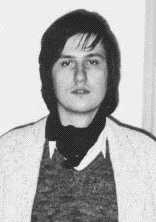 Maxim Kontsevich |
Limits of Complex StructuresAlgebraic geometers usually think about the "limit" of a family of manifolds as about a divisor with normal crossing. Differential geometry suggests a different picture of the limit, with folitation-like structures. I discuss two series of examples. In the case of complex curves one obtains a real version of the Hodge theory for smooth surfaces with foliations. In the case of n-dimensional Calabi-Yau manifolds the limit can be described in terms of a real n-dimensional manifold (usually a sphere) endowed with two affine structures with singularities. |
|
Born in 1964 near Moscow, Maxim Kontsevich attended Moscow State University 1980 to 1985. He became Junior Researcher at the Institute for Problems of Information Transmission in Moscow for the following five years. He has been Professor at IHES, Bures-sur-Yvette since 1995, and Visiting Professor at Rutgers University since 1997. Kontsevich was awarded the Fields Medal in 1998. The work of Kontsevich has influenced mathematical physics, topology and algebraic geometry. Among his best known work is his paper "Intersection theory on the moduli space of curves and the matrix Airy function" that contains a proof of a conjecture of Witten. |
|
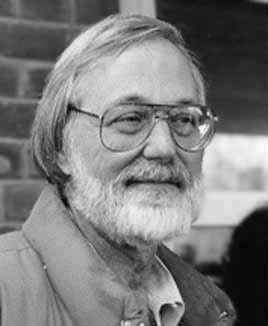 John Milnor |
Remarks on Mathematics and BiologyThe challenge of understanding complex systems will surely occupy scientists (and in particular mathematicians) through much of the next century. The most challenging problem of all is that of understanding living organisms. The lecture will try to describe some of the complexities which occur on many different scales, ranging from the molecular level to the level of global ecology. |
|
John Willard Milnor was born in 1931 in New Jersey, USA, and was educated at Princeton University where he received his doctorate in 1954 under the direction of Ralph Fox. He then spent 20 years at the Institute for Advanced Study. Since 1989, he has been director of the Institute for Mathematical Sciences at Stony Brook. He was awarded the Fields Medal 1962 and the Wolf Prize in 1989. He has worked on the topology and geometry of manifolds and related areas of algebra, and more recently on dynamical systems. His discovery of multiple differential structures for the 7-dimensional sphere in 1956 was instrumental in the development of the field of differential topology. Back to Fields Legacy Home page |
|
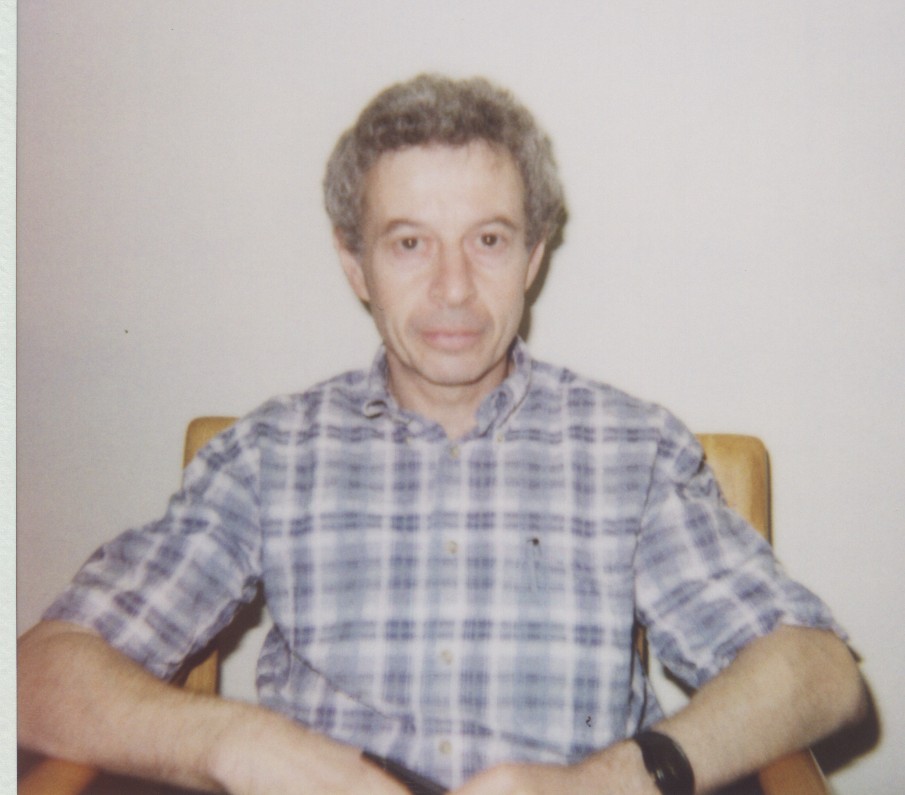 Michael Monastyrsky |
Trends in Modern Mathematics and the Fields MedalThe Fields Medal has by now rather a long history. More than sixty years have passed since the first awards in Oslo in 1936. Up to now forty-two mathematicians have received Fields Medals. Analysis of the works of the Fields Medallists leads one to follow the main trends in the development of mathematics in the second half of the XXth century. Mathematics is a unique subject, a fact that is not always recognized in everyday research. This becomes clearer, however, on studying the work of great mathematicians. This realization is one by-product resulting from an analysis of the works of the Fields Medallists. Although the awards recognized only a small number of achievements, in areas of mathematics often widely separated from each other, many truly wonderful developments arose from these results with the passage of time. For this reason an epsilon-grid over the works of the Fields Medallists covers a large part of the mathematics of modern times. |
|
Born in Moscow, Russia in 1945, Michael Monastyrsky graduated from the Department of Mathematics at Moscow University in 1967. He received a Ph.D. and professorship at the Institute of Theoretical and Experimental Physics where he currently works in the Theoretical Department. He has a joint professorship with the History of Mathematics Department at the Institute of the History of Science and Technology. His main research interests are connected with the application of modern mathematics to physics, especially field theory and condensed matter. |
|
|
|
The Mathematics of Theories of Learning and IntelligenceTheories of learning are pursued in many academic disciplines such as economics, engineering, psychology, biology, and computer science. Each such discipline has its own culture and language, and this has the effect of isolating these different schools from each other. A sound mathematical foundation could help to break down the corresponding barriers and help to give unity to a theory of learning. |
|
Stephen Smale was born in Michigan, USA in 1930. He attended the University of Michigan, where he was awarded a doctorate Ph.D. in 1957 under R. Bott's supervision. He was Professor of Mathematics at the University of California at Berkeley, from 1964 to 1995. He is currently Professor at the City University of Hong Kong. Smale was awarded a Fields Medal at the International Congress at Moscow and the National Medal of Science in 1996. He received the Fields medal for his work in topology and dynamical systems including his proof of the Poincaré conjecture in dimensions higher than 4. His subsequent work includes the calculus of variations, infinite dimensional manifolds, economics and the theory of algorithms. |
|

